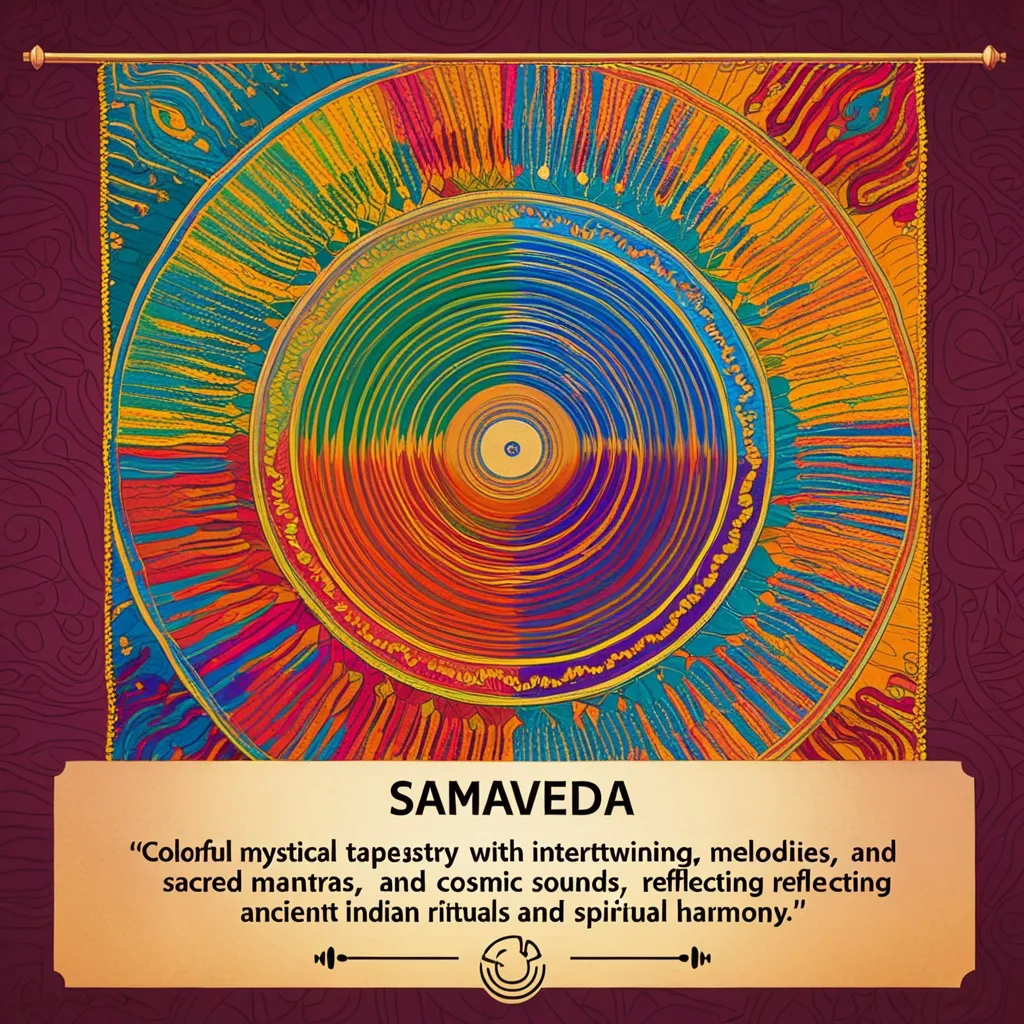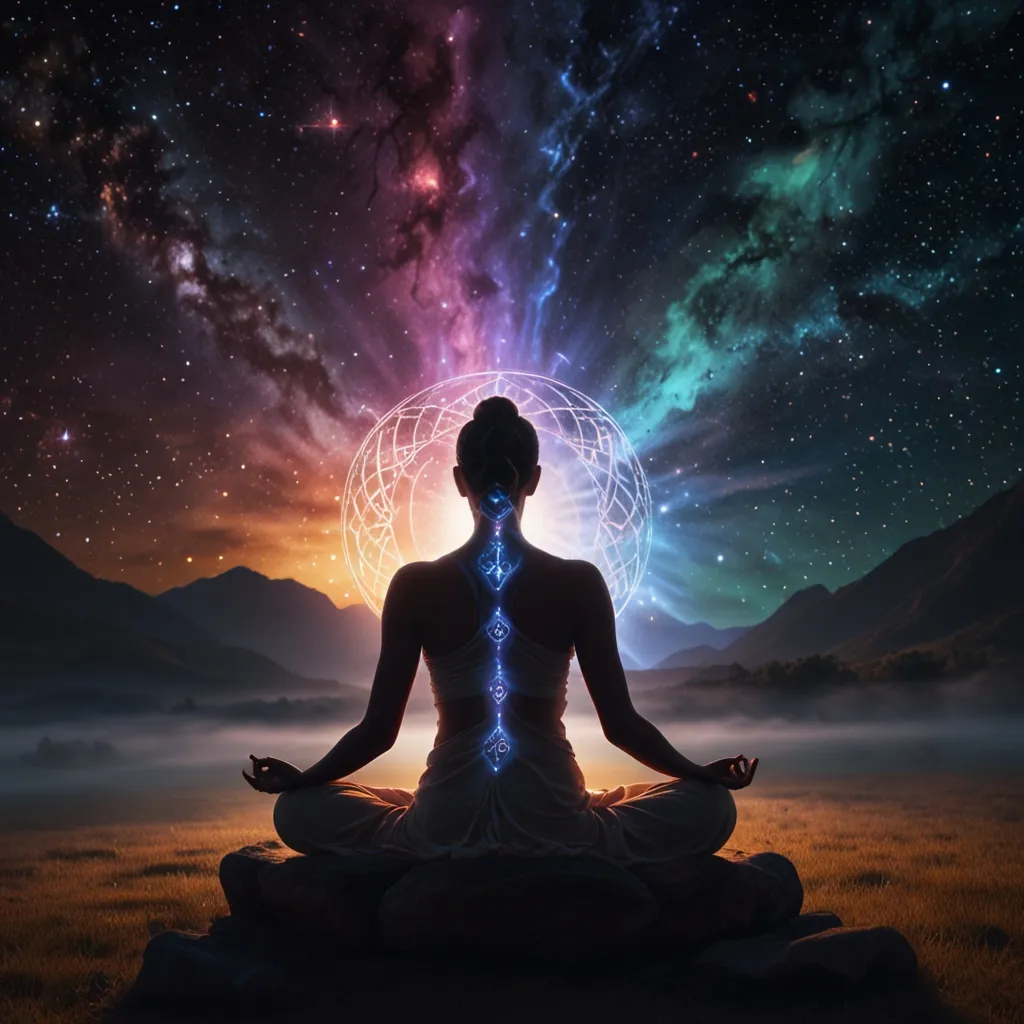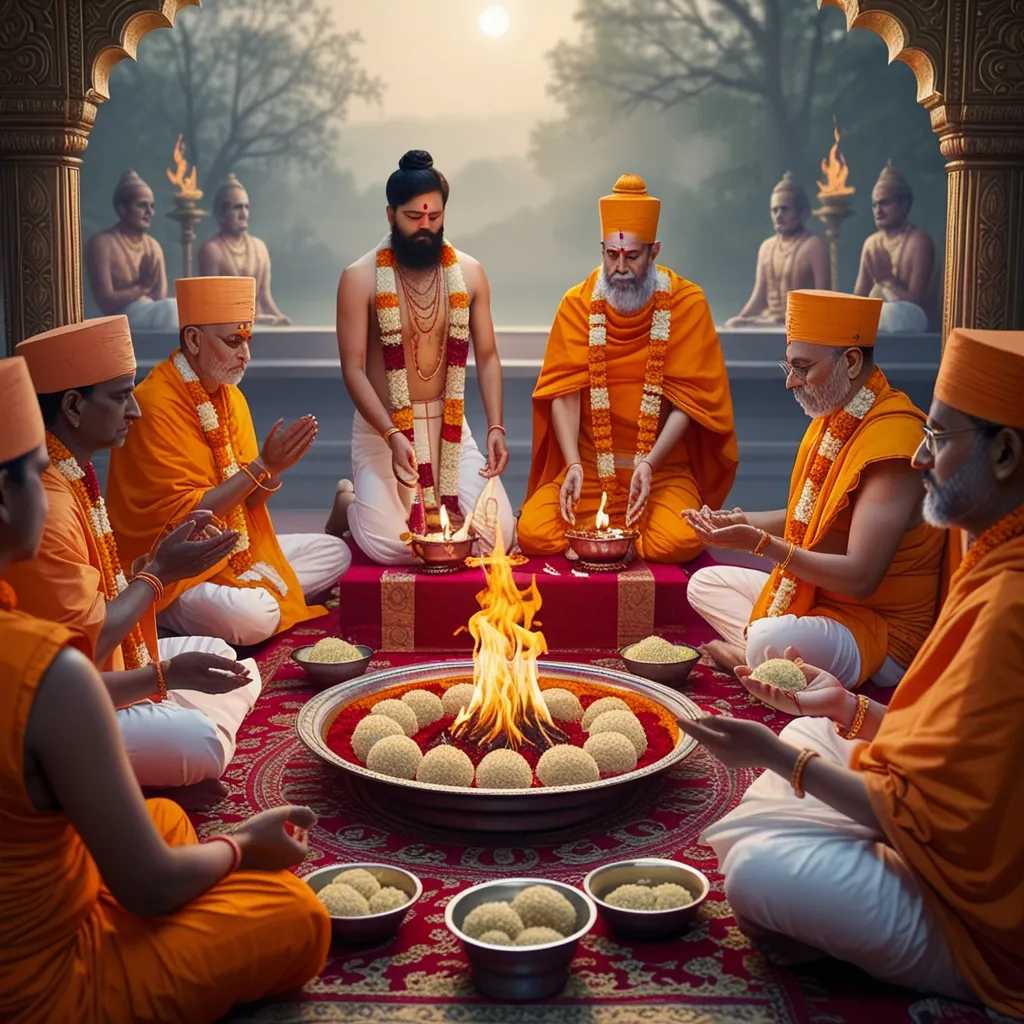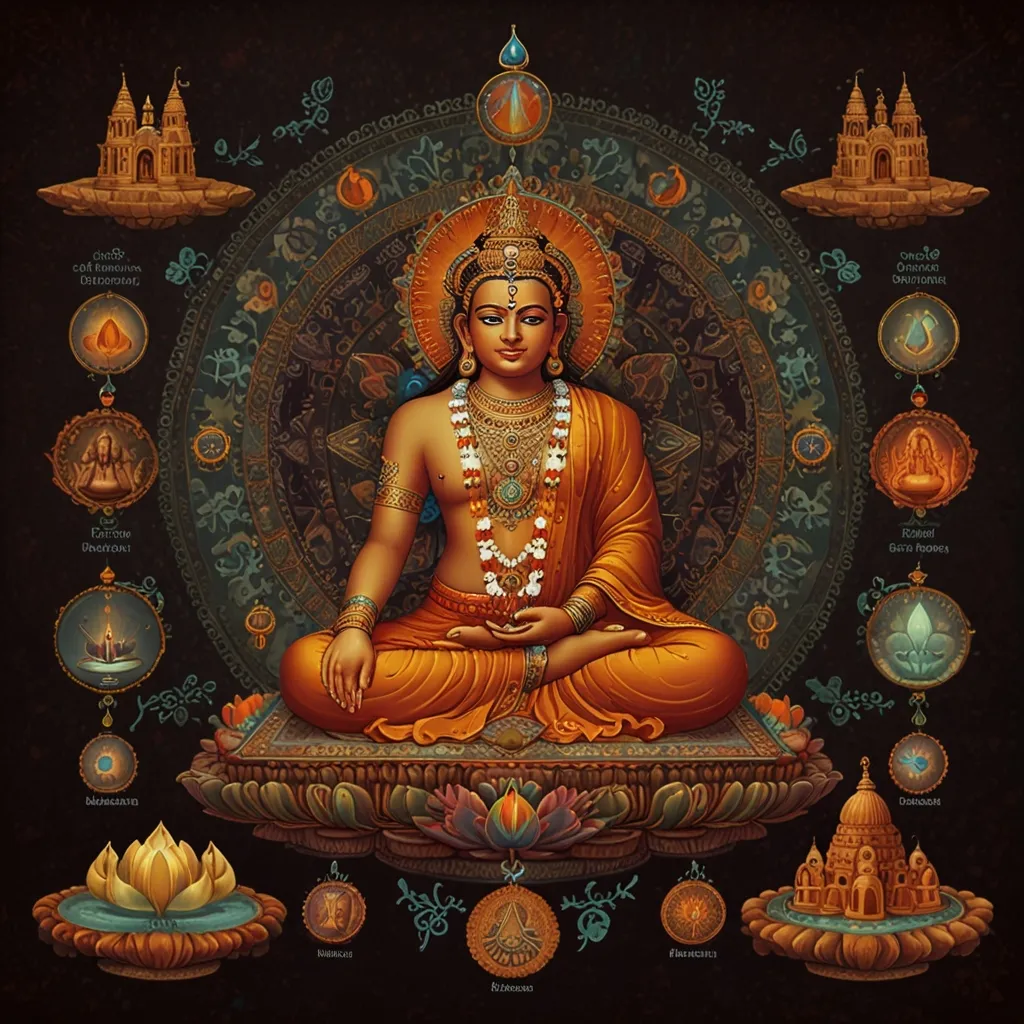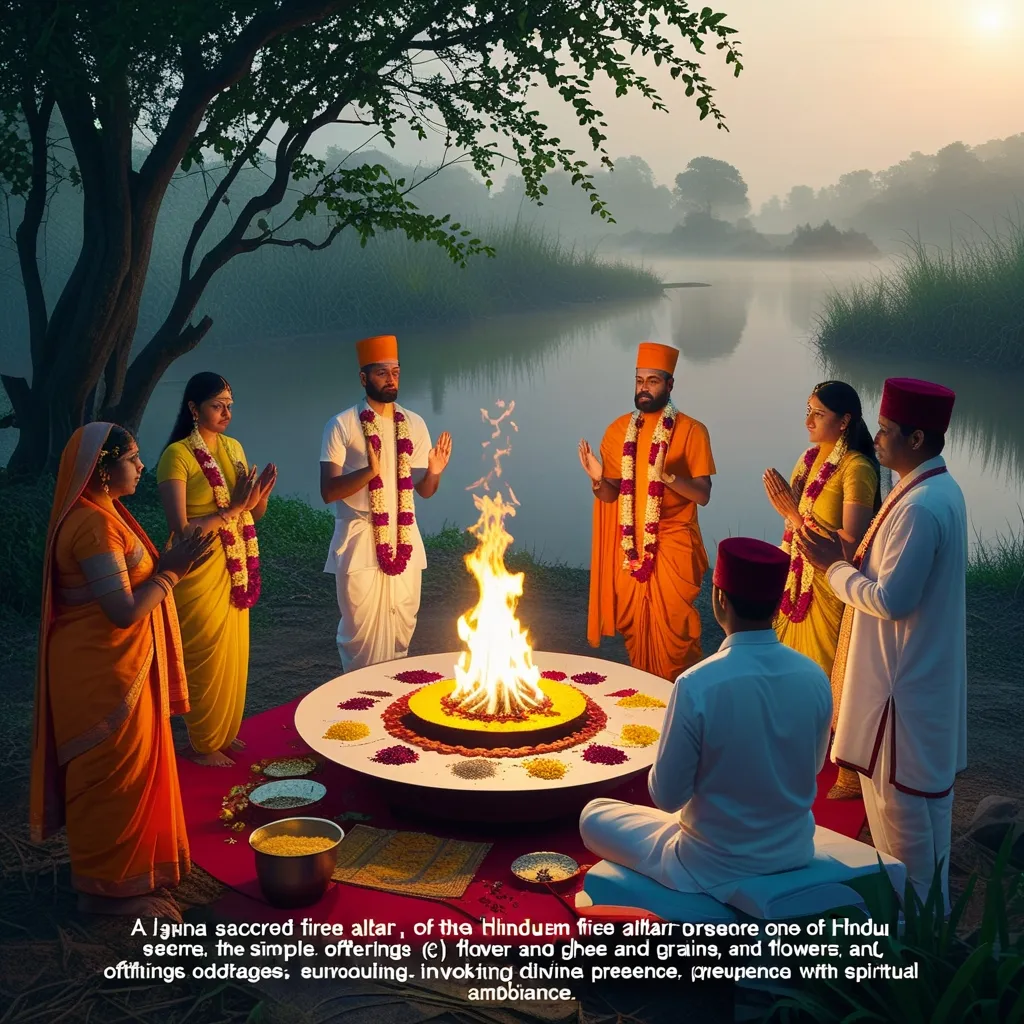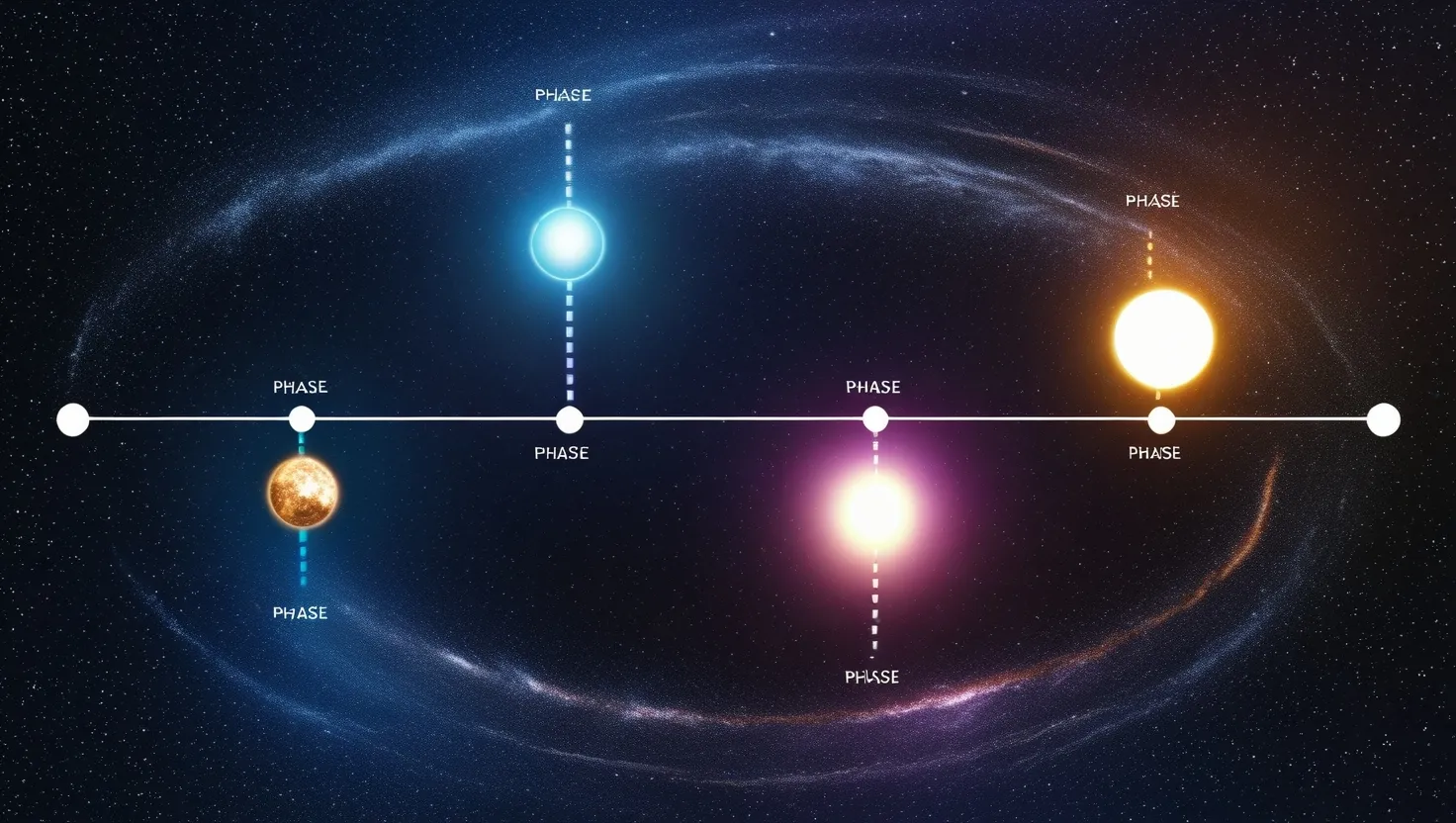In the vibrant and colorful tapestry of Hindu tradition, few texts resonate as deeply as the Samaveda. Often dubbed the “Veda of Melodies,” it serves as a bridge that connects ancient ritualistic practices with the rich world of Indian classical music. It’s fascinating how this text weaves together spirituality, ritual, and the profound art of melody.
Let’s start with a bit of history. The Samaveda is one of the quartet of Hindu sacred texts known as the Vedas. What makes it unique is its role as a musical interpretation of the mantras found in the Rigveda. These mantras have been meticulously rearranged to complement the rituals of Yajna, effectively serving as a soundtrack to these sacred rites. The foundational nature of the Samaveda in Indian classical music is a testament to its enduring influence.
The structure of the Samaveda is captivating, with its dual organization based on musical meter and ritualistic purpose. Embedded within its verses are musical codes known as ‘swaras’ or notes, instrumental in defining not just melody but also rhythm and structure. Though the Rigveda also features musical elements, the Samaveda takes it to a whole new level of intricacy.
A central concept linked to the Samaveda is ‘Rasa’—the emotional flavor or essence of music. Each raga or melodic pattern in Indian classical music is crafted to evoke a specific emotion or mood. This connection between music and feeling isn’t just metaphorical; it’s a deliberate artistic choice. For instance, each of the original five ragas corresponds to one of the five elements, such as Sree raga to Earth or Vasantha raga to Water, signifying the cosmic and divine interplay inherent in the Samaveda’s compositions.
Digging deeper, we find the philosophy of Nadabrahman, a principle that regards sound as the very essence of the universe. This isn’t just about creating catchy tunes; it’s about tapping into a divine sound that permeates everything. Musicians, therefore, aren’t merely performers. They’re conduits of this cosmic sound, seeking to dissolve individual identity to align with the universal spirit, or Brahma. It’s this union that imbues the music with such an emotional and spiritual resonance.
Rasa, in the realm of Indian music, speaks directly to the listener’s heart. There are traditionally eight primary rasas, with each representing a specific mood and linked to a deity and a color—a rich tapestry woven with tapestries of emotion from love and romance to heroism and wonder. The Natya Shastra, that ancient encyclopedia of drama and performing arts, explores these rasas extensively, categorizing emotions into stable, transient, and pure categories.
The Samaveda isn’t just about harmony; it’s about emotion. The hymns within are tailored to stir specific feelings through a perfect blend of swaras and structured mantras. This marriage of music and emotion forms the bedrock for both Indian classical music and the broader understanding of Rasa.
How does this translate practically? When musicians take the stage, their goal isn’t just to play notes, but to craft an emotional journey. A raga like Bhairavi, performed in the calm of early morning, aims to evoke peace and tranquility. In contrast, a raga like Rageshree, often heard in the glow of evening, is all about romance and longing. It’s the musician’s artistry in choosing notes and dictating tempo that breathes life into these experiences.
As mystical as it sounds, there’s also a profound spiritual dimension to this connection. The Samaveda’s music is seen as a pathway to the divine. Take the Gayatri mantra, for instance; more than just verses, it’s an invocation seen as identical with the divine itself. When performed soulfully, with the precise swaras, it’s said to unlock a profound spiritual connection.
In essence, the Samaveda is more than a text; it’s a source of musical and spiritual enlightenment. Its relationship with Rasa in Indian classical music underscores music as a vessel for both aesthetic pleasure and profound spiritual insight. Packed with the wisdom of ages, the Samaveda continues to be a source of inspiration, guiding both musicians and listeners towards a deeper understanding and appreciation of the universal language of music. It’s a rich tapestry that never ceases to inspire awe and wonder in those who immerse themselves in its melodic depths.
